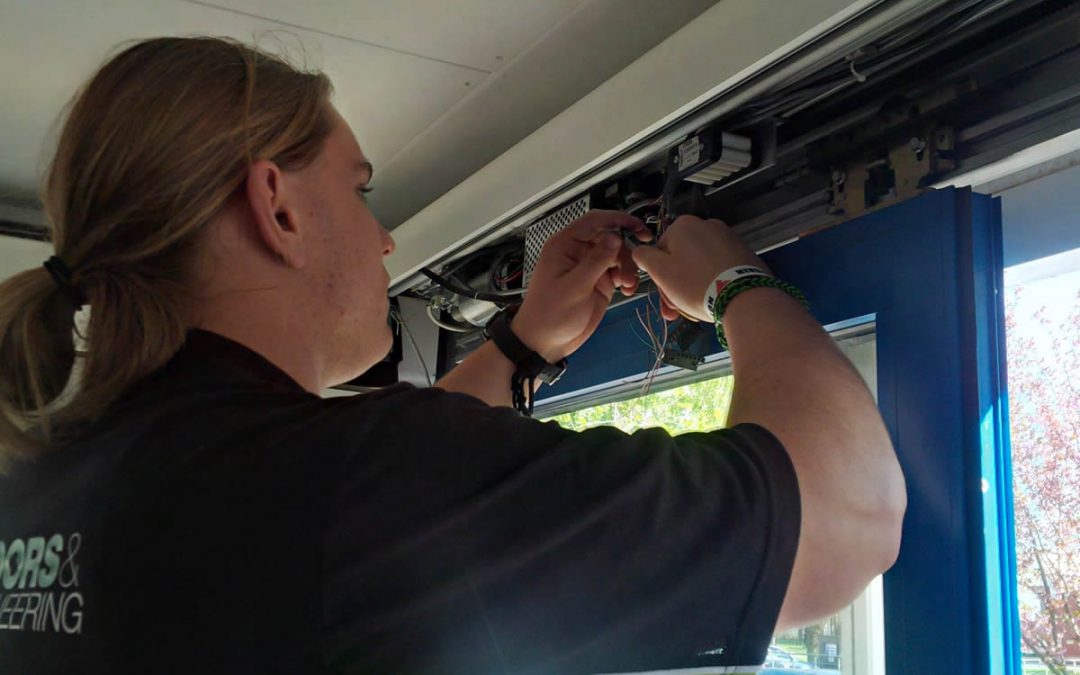Reactive maintenance isn’t cost-effective as an all-in-one strategy. The inconsistent nature of equipment downtime often results in unplanned expenses.
Reactive facilities don’t just lose money on faulty equipment—they waste capital on costs associated with lost productivity, overtime labour, and spare parts purchasing. However, that’s not to say technicians should perform preventive maintenance on every asset.
The costs of performing PM should always be less than the cost of failure. For example, say the cost of downtime for a particular asset is £500, and its PM cost is £800. In this instance, PM would be a waste of time and money, the company could save £300 by running to failure.
The bottom line: companies that adopt overall preventive maintenance philosophies save more money than those that don’t.
The Pros and Cons of Preventive Maintenance
Managers must consider several factors when evaluating preventive maintenance vs. reactive maintenance for individual assets. While one method isn’t better than the other, it’s essential to understand the differences when forming department-wide strategies.
Below are factors to consider when planning a preventive maintenance program:
PROS
Enhanced Safety
Longer Equipment Liftspan
Increased Productivity
Reduced Cost
Less Energy Consumption
CONS
Budgetry Constraints
More Resources Required
Time Consuming
Tricky To Organise
Pros
1. Enhanced Safety
The more often assets are checked, the less likely dangerous problems occur. Following preventive maintenance schedules reduces the risk of unexpected breakdowns, health hazards, and liability claims.
2. Longer Equipment Lifespan
PM schedules ensure business assets are running according to manufacturer and consumer guidelines. As poorly performing parts are updated, assets perform at a steady level of productivity throughout the year. This reduces the frequency of capital expenditures needed to purchase new equipment.
3. Increased Productivity
As reported by Deloitte, inadequate maintenance strategies can reduce an organization’s production capacity by 20 percent. Modern preventive maintenance solutions allow operational managers to digitize essential equipment details, assign recurring work orders, and review asset history from the convenience of their PC’s or smartphones.
4. Reduced Costs
Reactive maintenance downtime contributes to costly repairs. Using equipment to the point of failure may cost 10X more than performing periodic maintenance. Sometimes, internal employees can accomplish those repairs quickly.
Other times, organizations must wait on outsourced contractors to get the work carried out. Companies that adopt PM experience fewer breakdowns, less failures and the work is carried out not by persons employed by the organisation.
5. Less Energy Consumption
Poorly maintained electrical assets often consume more energy than those operating in normal conditions. PM allows energy-robbing issues to be addressed quickly, resulting in smaller utility bills. The more energy your business saves, the higher your profits will be.
Cons
1. Budgetary Constraints
Traditionally, the cost of implementing advanced digital maintenance solutions has been out of reach for smaller businesses. From high-priced software solutions to allocating man-hours to perform the tasks, PM is often considered a luxury. However, in recent years, a handful of providers have made this goal more obtainable.
2. More Resources Required
With more procedures to complete throughout the year, your organization may now need more personnel, more parts, and more monthly capital. Depending on the complexity of your organization, you may have to prioritize PM for essential assets only.
3. Time Consuming
Companies that switch to preventive maintenance philosophies sometimes feel like they’re doing more work. The reality is that they are! Taking the time to inspect complicated assets, involving several parts, can be tedious. Even businesses without complex machinery may, initially, feel resistant to taking on more routine tasks.
4. Tricky to Organize
As previously mentioned, developing a PM program without an organizational system can be a disaster. With hundreds, let alone thousands, of assets to maintain, no management team can rely on memory or whiteboards alone.
This is where software such as SFG20 can help and arrange all of your assets and their maintenance schedules in advance.
Which Option Is Better?
There are advantages and disadvantages to running a preventive maintenance program for a building. However, thanks to modern technology, the pros outweigh the cons for most organizations.
If the right system can eliminate Inefficient workflows, poor organizational systems, and poor communication issues.

